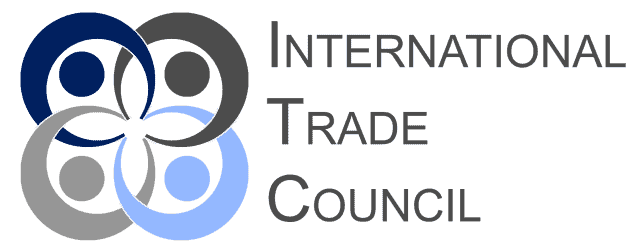
The European Union’s Conflict Minerals Regulation, which came into force in January 2021, marked a significant step toward addressing the human rights abuses and environmental degradation too often associated with the extraction of tin, tungsten, tantalum, and gold — collectively known as 3TG. The regulation was designed with a clear purpose: to compel EU importers of these minerals to exercise due diligence, to know and show where their materials come from, and to take action where risks are identified. In theory, the framework is robust, drawing on the OECD’s due diligence guidance and embedding requirements that are meant to drive greater transparency. But, as always, theory and practice are not always perfectly aligned. And for electronics manufacturers, especially original equipment manufacturers (OEMs) that rely heavily on 3TG inputs, the task of building credible, functional chain-of-custody systems remains complex — sometimes frustratingly so.
One of the first hurdles many firms encounter is in sourcing reliable data on where minerals enter the EU and how they move through the supply chain. Open customs data offers one starting point. Import records, shipment declarations, and associated trade statistics can help firms identify upstream partners, trace material flows, and spot anomalies that may signal higher risk. But the data, while useful, is rarely sufficient on its own. Gaps are common. The granularity is often inadequate. And in some cases, the information raises as many questions as it answers. A shipment flagged as high risk by virtue of its origin or declared route may turn out, on closer examination, to be entirely compliant. Conversely, a seemingly routine import might mask more problematic sourcing that only comes to light through deeper engagement or third-party verification.
This is where blockchain, or distributed ledger technology more generally, has started to find a place in corporate due diligence efforts. The appeal is understandable. A system that can record transactions securely, immutably, and — in principle — transparently, promises to address some of the trust gaps that have long plagued mineral supply chains. By linking each shipment, each transfer of custody, to a digital record accessible (within limits) to participants across the chain, firms can begin to build a picture of provenance that is more resilient to manipulation. Yet the implementation is far from straightforward. Blockchain solutions depend on accurate, timely data input at every stage — something that is often hard to guarantee in practice. They also require collaboration across a wide range of actors, not all of whom may have the incentive or capacity to participate. And there is the risk, always lurking in the background, that firms place too much faith in technology as a substitute for the harder, messier work of human engagement and judgment.
For OEMs attempting to navigate these challenges, the steps toward establishing chain-of-custody are rarely linear. Some start with supplier declarations, collecting statements of origin, processing facility details, and sourcing practices from smelters and refiners. These can provide a baseline, though their reliability varies considerably. Others move quickly to pair these declarations with external audits, either commissioned directly or drawn from industry schemes recognised under the EU regulation. But even here, the picture is mixed. Audits can provide valuable assurance, but they are snapshots in time — and, as has been seen in multiple contexts, not immune to shortcomings or failures. The tension between what is ideal and what is practical runs through much of this work. Firms want certainty. What they often get is a set of partial signals, requiring interpretation, judgment, and, sometimes, further inquiry.
In recent years, EU-funded traceability pilots have offered firms additional tools — and, perhaps just as importantly, a chance to learn from collective efforts. These pilots, often designed to test new technologies, methodologies, or partnerships, have generated a range of insights. Some have demonstrated the potential of combining digital traceability platforms with community monitoring or civil society engagement. Others have highlighted the limitations of purely technical solutions in the absence of strong governance or meaningful local buy-in. OEMs that have engaged with these pilots — whether as direct participants or as observers — have often found the experience valuable, though not always in the ways they might have expected. The pilots rarely deliver ready-made solutions. What they provide, instead, is a clearer sense of the complexities involved, of what works, and of where gaps remain.
Underlying all these efforts is a broader shift in expectations — one that is unlikely to reverse any time soon. The EU regulation set out to move firms beyond policy statements, beyond paper compliance, toward a model of due diligence that is active, evidence-based, and, to the extent possible, integrated into core business processes. The path to achieving that ideal is neither easy nor uniform. Different firms take different approaches, shaped by their sector, their structure, their supply chain relationships, and, of course, their risk appetite. But the direction of travel is clear enough. Doing nothing — or doing the bare minimum — is increasingly untenable. What remains to be seen, perhaps, is how firms will continue to adapt, to learn from experience, and to navigate the inevitable tensions that come with managing complex global supply chains in an era of growing scrutiny.
